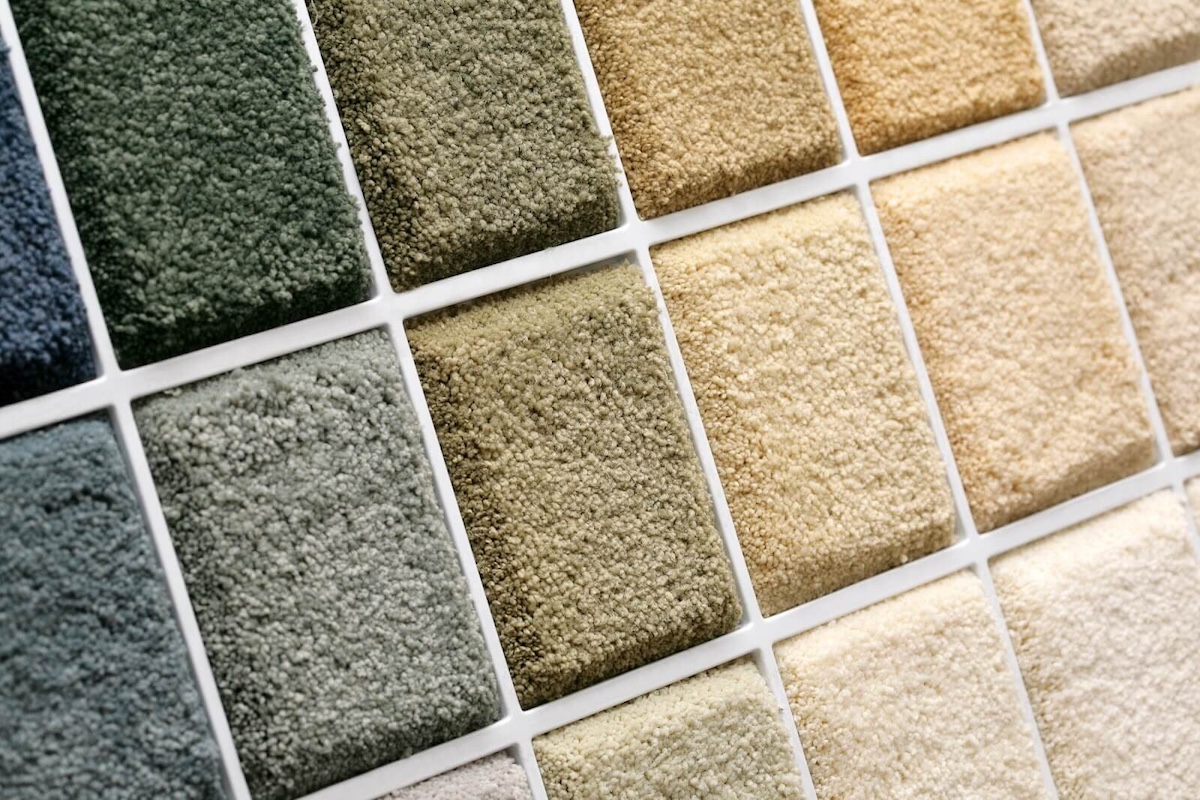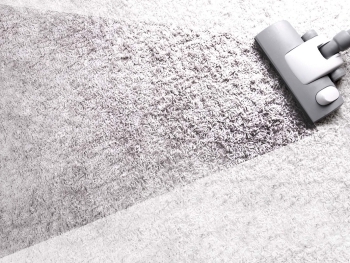Carpet fibers play a significant role in determining the appearance, durability, and performance of your carpets. Understanding the different types of carpet fibers and their characteristics can help you make informed decisions when selecting carpets for your home or business. In this comprehensive guide, we'll unravel the mystery of carpet fibers, exploring the various materials used in carpet manufacturing, their unique attributes, and how they impact carpet performance and maintenance.
Natural Fiber Carpets:
Natural fiber carpets are made from renewable materials derived from plants or animals. Common natural fibers used in carpet manufacturing include wool, sisal, jute, and seagrass. Wool is prized for its softness, resilience, and natural stain resistance, making it a popular choice for high-end carpets. Sisal, jute, and seagrass offer durability and a distinctive texture but may be more prone to staining and wear.
Synthetic Fiber Carpets:
Synthetic fiber carpets are made from man-made materials such as nylon, polyester, polypropylene (olefin), and acrylic. Nylon is one of the most popular synthetic fibers used in carpeting due to its durability, resilience, and stain resistance. Polyester carpets are known for their softness, vibrant colors, and resistance to fading, but may be less durable than nylon. Polypropylene carpets are budget-friendly and highly resistant to stains and moisture, making them ideal for high-traffic areas. Acrylic carpets mimic the look and feel of wool but are more affordable and less resilient.
Blended Fiber Carpets:
Blended fiber carpets combine two or more types of fibers to achieve desired characteristics such as softness, durability, and stain resistance. Common fiber blends include wool/nylon, wool/polyester, and nylon/polypropylene. Blended fiber carpets offer the benefits of both natural and synthetic fibers, balancing cost, performance, and aesthetics.
Factors to Consider When Choosing Carpet Fibers:
When selecting carpet fibers for your home or business, consider factors such as durability, stain resistance, softness, and maintenance requirements. Determine your priorities and preferences in terms of performance and aesthetics, and choose carpet fibers that best align with your needs and lifestyle.
Maintenance and Care Tips:
Proper maintenance and care are essential for prolonging the life and appearance of your carpets, regardless of fiber type. Regular vacuuming, prompt spot cleaning, and periodic professional cleanings are recommended to remove dirt, debris, and allergens and keep your carpets looking fresh and vibrant.
Understanding the different types of carpet fibers and their characteristics is essential for choosing carpets that meet your needs and preferences. Whether you prefer the luxurious softness of wool, the durability of nylon, or the affordability of polypropylene, selecting the right carpet fibers can enhance the comfort, durability, and appearance of your home or business for years to come. With this comprehensive guide, you can unravel the mystery of carpet fibers and make informed decisions when it comes to selecting and maintaining your carpets.




